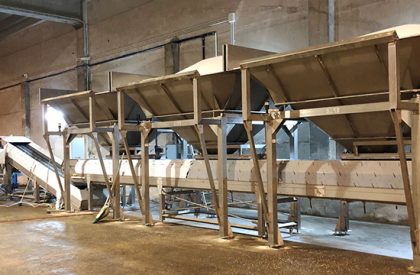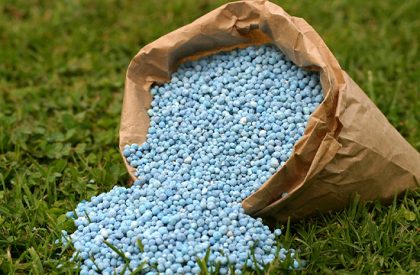

FUTURE COMPETITIVE COMPOSITION IN THE FERTILIZER SECTOR
There is currently no barrier to entry and exit in the Fertilizer blending Industry other than the one created by the huge initial capital investment. The ability of various investors to raise the required capital (together with the corresponding interest rate) in order to put in place modern blending plants, easy access to cheap raw materials, and efficiency of logistics would determine the future competitive landscape. The effect of all these stated factors would impact the landing price at which it gets to the final consumer. The passage of the Fertilizers Quality Control Act into law will to a greater extent assist in standardizing the quality of fertilizers in Nigeria and control or limit the activities of fake handlers. Industry players are likely to partner with foreign institutions with the technical know-how in order to gain a competitive advantage and this we intend to. Effective management and specialized services will be a good way of combating competition. Also, the industry players will compete based on the cost of products in order to gain market share.
OVERVIEW OF FERTILIZER APPLICATION AND USAGE
Fertilizer has become a core agricultural input, which farmers have come to depend on for increased yield, aside other variables like quality of seed, technique and farm management ability and mechanization. At about 20kg fertilizer usage per hectare, on average, Nigeria lags behind countries like South Africa and Egypt that use over 100kg/hectare. In developed countries, usage rate of over 200kg/hectare is common and it holds true that there is a correlation between its usage and crop yield. The more fertilizer employed in growing crops, the higher the yield, other things being equal.
However, because Nigeria is still using below 20kg/hectare, the potential of applying more fertilizer is huge. Compared to Egypt and South Africa, Nigeria would still need 500 percent leap to catch up. As the population rises, intensive application of fertilizer will be required for increased food production. This calls for the establishment of more fertilizer production outfits.
A fertilizer is any material of natural or synthetic origin (other than liming materials) that is applied to soils or to plant tissues (usually leaves) to supply one or more plant nutrients essential to the growth of plants.


